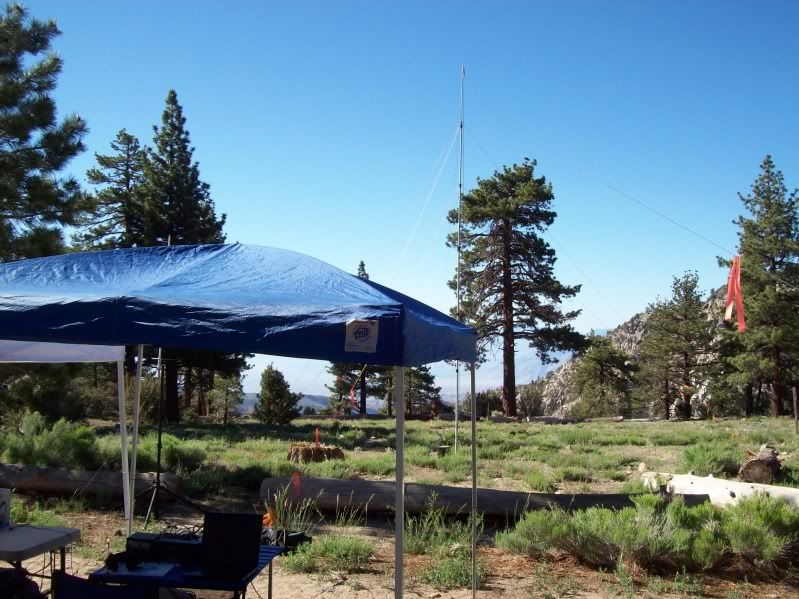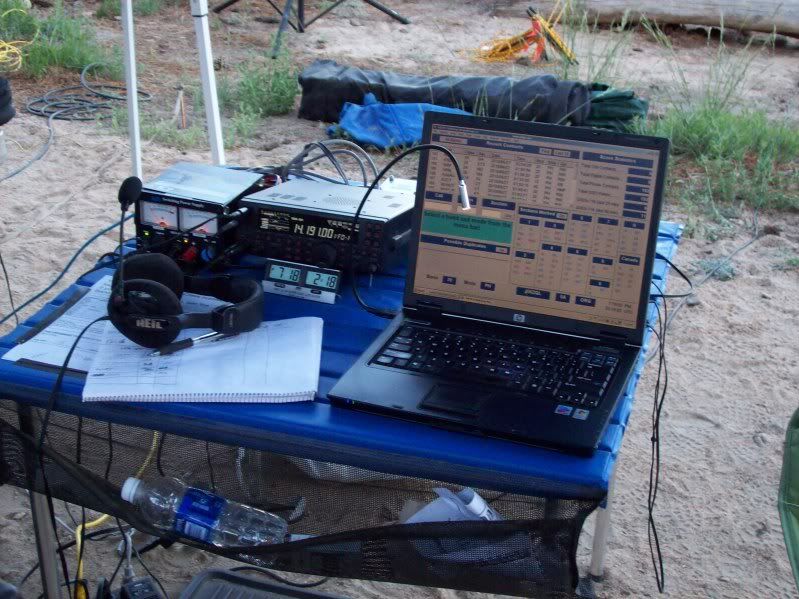7wt
Expedition Leader
Yup, most of the rest of the time I run my amp to 11. Still, the 817 prolly does have the most time...
This was my thinking also. I can easily run an amp at the QTH if I ever really wanted to. The small size QRP rig/battery/antenna makes backpacking and small gear carrying a lot more attractive and versital to me. Besides, where I live now I can't set up a proper antenna so to get the most use out of a rig it will require me to hoof it up a hill. I am also the kind of guy that buys the small backpacking stove for car camping, it just looks cooler.



